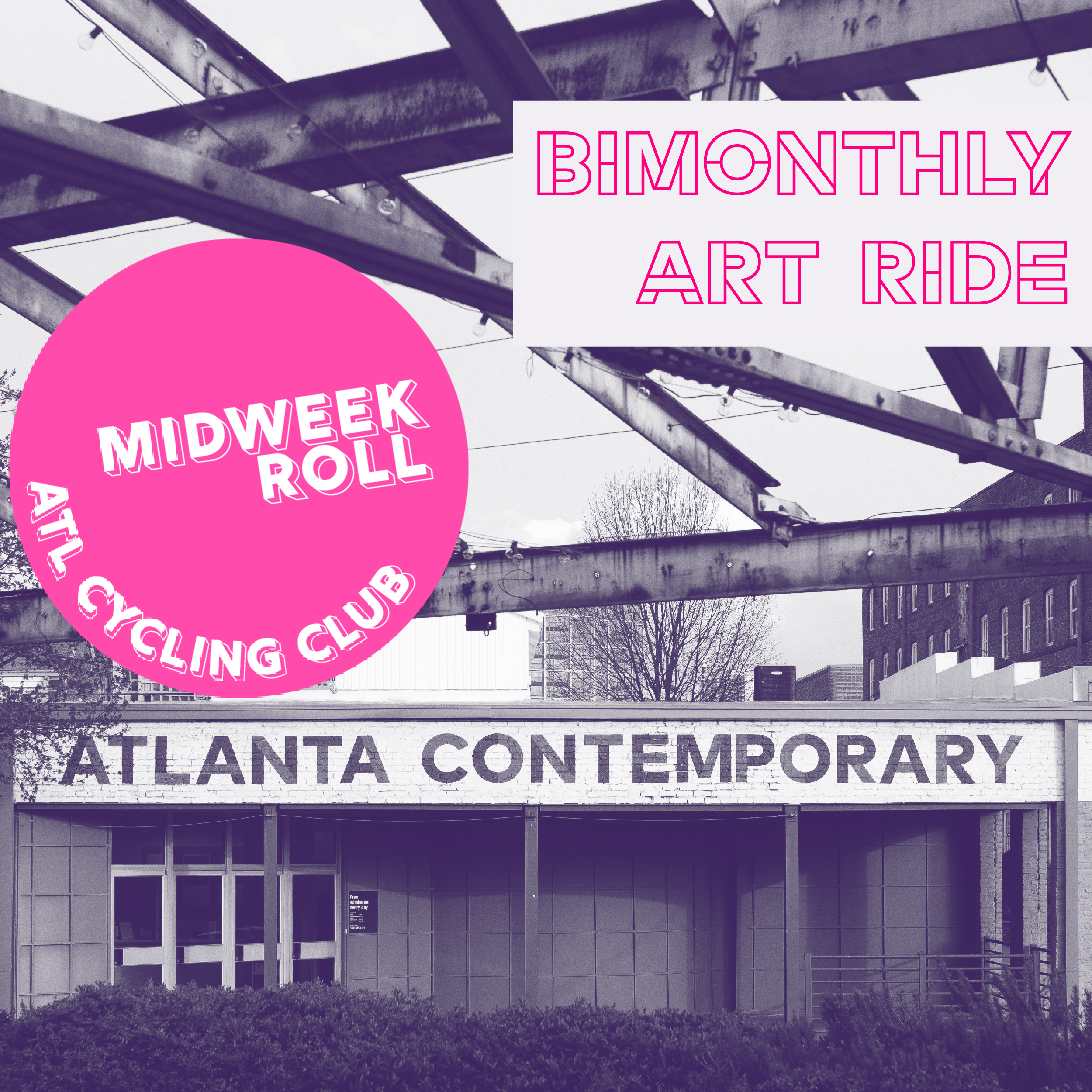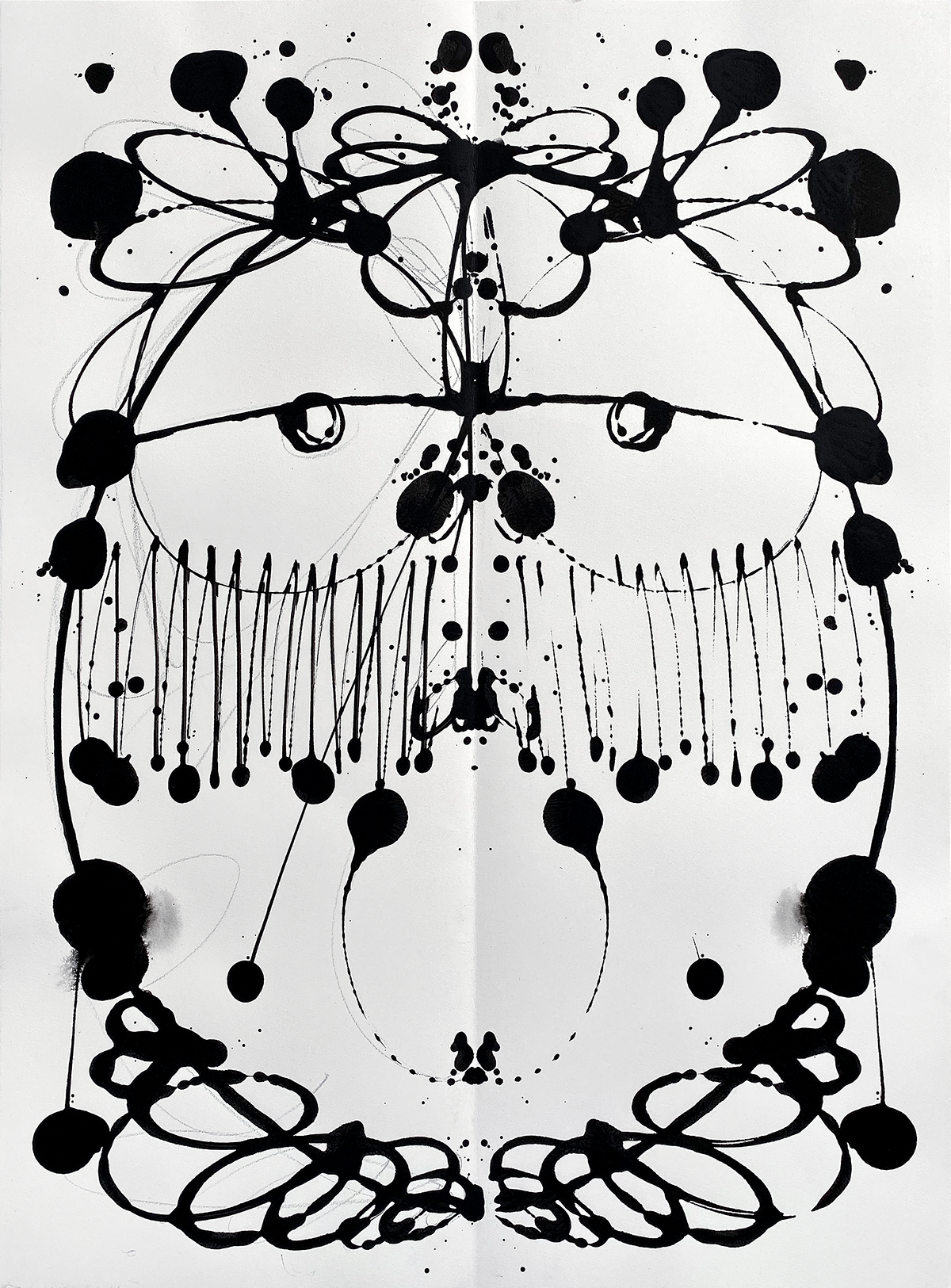About Black Code
Black Code highlights Black contemporary artists making use of emergent technologies in their practice. The three artists on view complicate the assumed neutrality of digital technologies, reimagining machines into frameworks that function to assert and extend black subjectivity. The title of the exhibition is drawn from the 2017 special issue of The Black Scholar where cultural theorists, Mark Anthony Neal and Jessica Marie Johnson describe Black Code Studies as queer, femme, fugitive, and radical; as a praxis and methodology that refuses the notion that black people are not engaged with technology, modernity, or the future. In offering an exploration of Black creative engagement with technology, this exhibition demonstrates the potentiality of new media to construct an expansive vision of Blackness; one that resists the rigidity of hegemonic representations, and instead, leans into the formal capacity of abstraction, multiplicity and rupture to visualize Black contemporary life.


